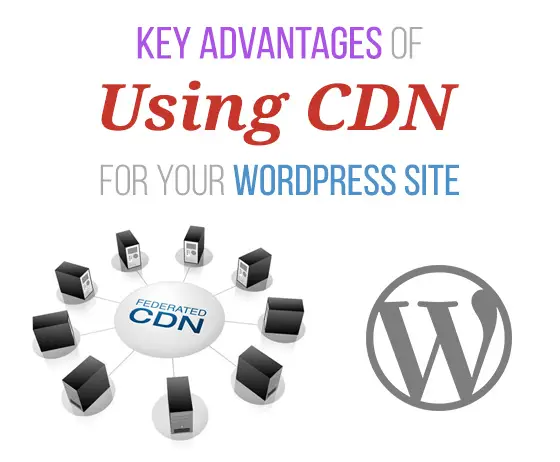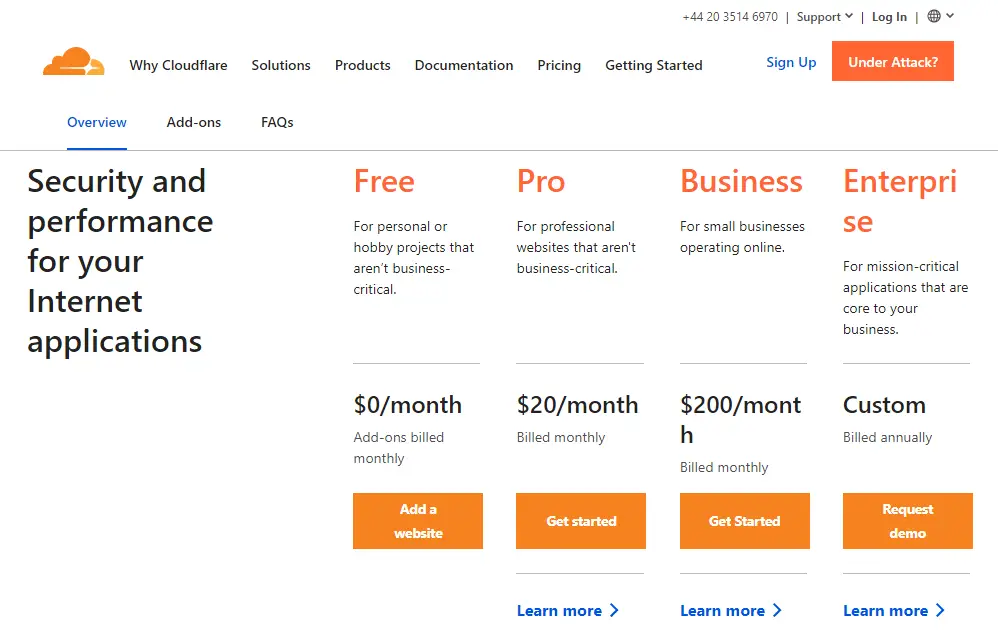Advantages of Using Content Delivery Networks (CDNs) in Financial Services:

1. Improved Performance and Responsiveness:

- CDNs distribute content from edge servers located close to users’ locations, reducing latency and improving website and application load times.
- This is particularly critical for financial institutions where fast and reliable access to information is essential.
2. Enhanced Security:

- CDNs provide advanced security features such as firewall protection, DDoS mitigation, and encryption.
- They help safeguard user data, prevent unauthorized access, and protect against malicious attacks.
3. Reduced Infrastructure Costs:
- CDNs eliminate the need for financial institutions to invest in and maintain their own extensive server infrastructure.
- By leveraging shared resources, institutions can save significant capital and operational expenses.
4. Improved User Experience:
- Fast and reliable content delivery leads to a smoother user experience for online banking, trading platforms, and other financial applications.
- Reduced buffering and loading times enhance customer satisfaction and loyalty.
5. Scalability and Flexibility:
- CDNs can easily handle sudden spikes in traffic or seasonal demands.
- They provide the ability to quickly provision additional resources to ensure optimal performance during peak periods.
6. Reduced Data Transfer Costs:
- CDNs use optimized routing and compression techniques to reduce the amount of data transferred over the network.
- This can lead to significant cost savings on bandwidth and infrastructure expenses.
7. Enhanced Compliance:
- CDNs help financial institutions meet regulatory requirements related to data protection, privacy, and compliance.
- By storing content closer to users, they facilitate data localization and reduce potential legal risks.
8. Improved Mobile Optimization:
- CDNs provide mobile-specific optimizations that enhance the performance of financial apps and websites on mobile devices.
- This is increasingly important as more users access financial services through smartphones and tablets.
9. Geographically Distributed Content:
- CDNs distribute content from multiple edge locations around the world.
- This ensures that users in different geographical regions experience consistently fast and reliable access to financial information.
10. Competitive Advantage:
- By embracing CDNs, financial institutions can differentiate themselves by providing superior online experiences that meet the high expectations of tech-savvy customers.
- Fast and secure content delivery is a key factor in attracting and retaining valuable clients.# The Advantages of Using CDN in Financial Services
Executive Summary
Financial services organizations face unique challenges in delivering fast, reliable, and secure online experiences to their customers. A content delivery network (CDN) can help address these challenges by providing a range of benefits, including improved website performance, reduced latency, increased security, and cost savings.
Introduction
In today’s digital world, financial institutions need to provide a seamless online experience for their customers. A slow or unreliable website can lead to lost customers, reputational damage, and decreased revenue. A CDN can help financial services organizations overcome these challenges by delivering content faster and more securely.
What is a CDN?
A CDN is a network of servers distributed around the world that stores and delivers content to users based on their location. When a user requests content from a website, the CDN serves the content from the server that is closest to the user, resulting in faster load times and reduced latency.
FAQs
- What are the benefits of using a CDN for financial services?
- Improved website performance
- Reduced latency
- Increased security
- Cost savings
- How does a CDN work?
- A CDN stores content on servers located around the world.
- When a user requests content from a website, the CDN serves the content from the server that is closest to the user.
- What are the challenges of using a CDN for financial services?
- Implementing a CDN can be complex and time-consuming.
- CDNs can be expensive to implement and maintain.
Top 5 Benefits of Using a CDN for Financial Services
Improved Website Performance
- Reduces website load times by serving content from the closest server.
- Improves website responsiveness by reducing latency.
- Increases customer satisfaction by providing a faster and more reliable online experience.
Reduced Latency
- Latency is the time it takes for a request to be sent from a user’s device to a server and back.
- A CDN can reduce latency by serving content from the closest server, resulting in a faster and more responsive online experience for users.
Increased Security
- CDNs can help protect financial services organizations from DDoS attacks and other online threats.
- CDNs can also help organizations comply with data security regulations by encrypting data in transit and at rest.
Cost Savings
- CDNs can help financial services organizations save money on bandwidth costs by reducing the amount of data that is transmitted over their own networks.
- CDNs can also help organizations save money on hardware costs by eliminating the need for additional servers.
Improved Customer Experience
- A faster and more reliable website can improve the customer experience by reducing frustration and increasing satisfaction.
- A CDN can also help organizations provide a more personalized online experience by delivering content that is tailored to the user’s location and device.
Conclusion
A CDN can provide financial services organizations with a range of benefits, including improved website performance, reduced latency, increased security, and cost savings. By implementing a CDN, financial services organizations can improve the customer experience, increase customer satisfaction, and gain a competitive advantage.
Keyword Tags
- CDN
- Financial services
- Website performance
- Latency
- Security
